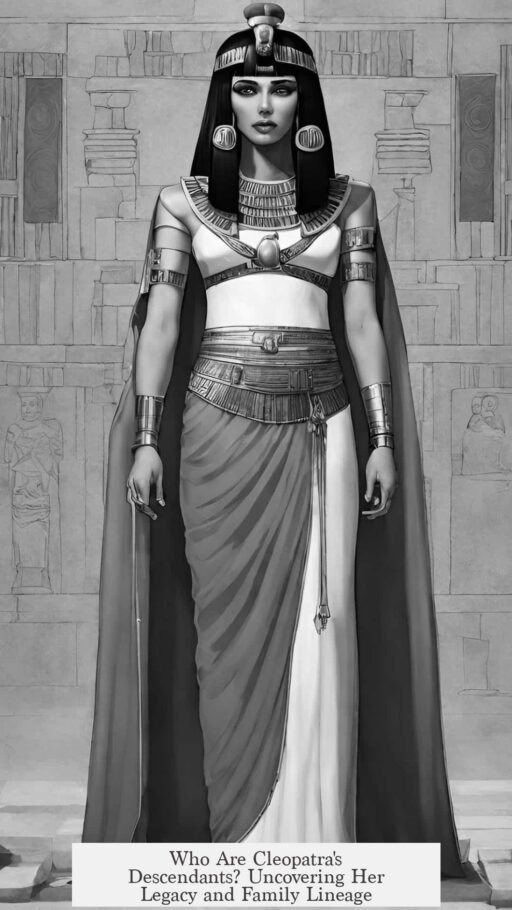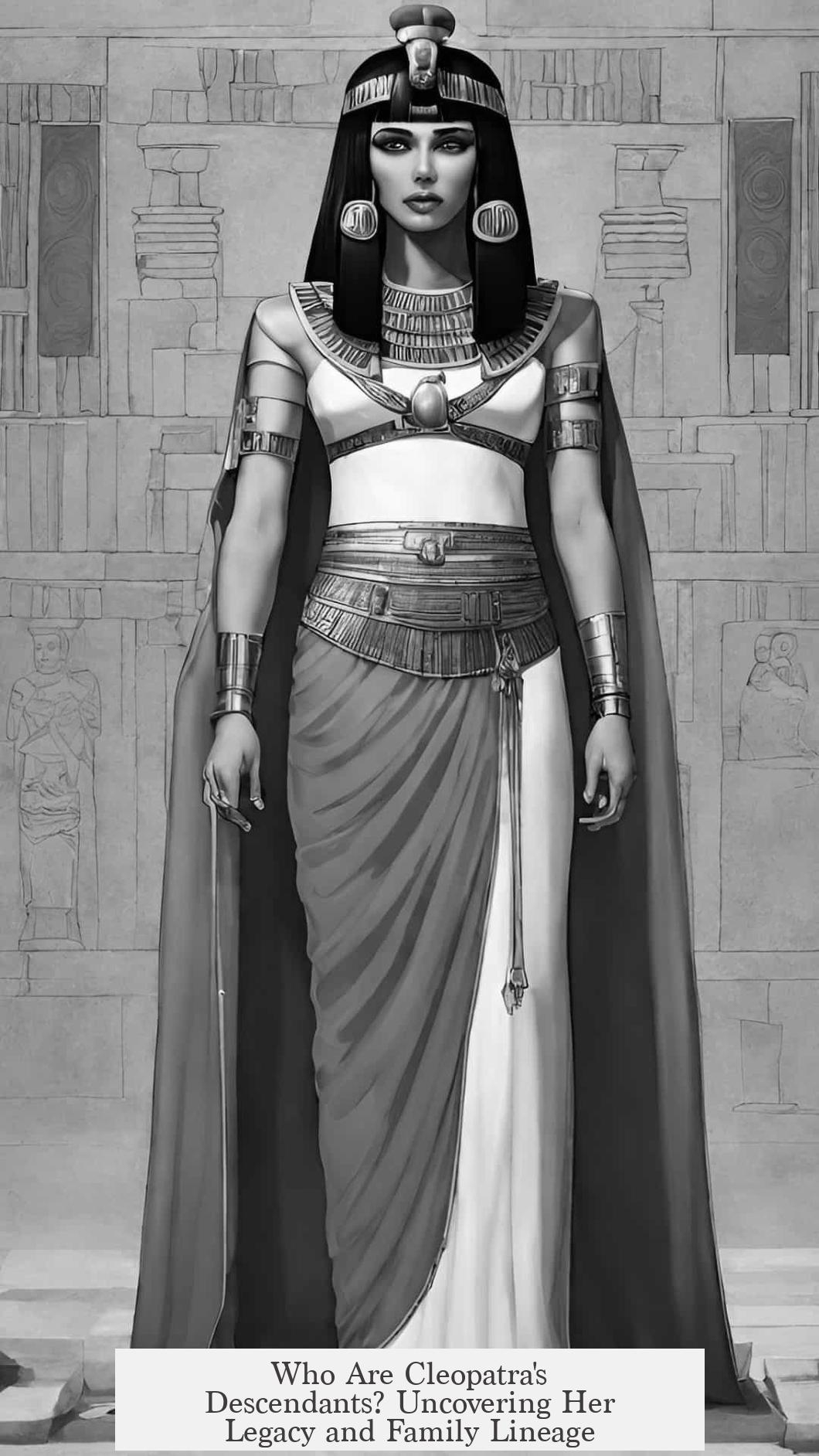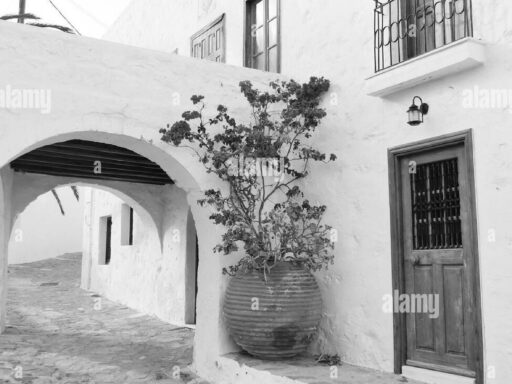Cleopatra’s descendants primarily trace through her daughter Cleopatra Selene II and the political-family lineage that followed. While Cleopatra VII of Egypt is often believed to represent the end of the Ptolemaic dynasty, her bloodline persisted through Selene II’s marriage to Juba II, king of Mauretania. Their son Ptolemy ruled Mauretania but produced no known heirs, likely ending the immediate royal line.
Cleopatra Selene II married Juba II, a Berber prince educated in Rome. Their alliance extended the Ptolemaic legacy beyond Egypt into North Africa. This union produced several children, though historical records mainly mention their son Ptolemy, who ruled Mauretania from 23 to 40 CE. Evidence suggests Selene also had daughters, one linked to a figure named Drusilla, who Tacitus noted as a granddaughter of Antony and Cleopatra.
Drusilla married Tiberius Claudius Felix, a Judean procurator. Despite Felix’s lower social standing—indicating he was a freedman—this marriage indicates the descendants of Cleopatra Selene made connections beyond royal rule. However, Drusilla and Felix’s union likely did not produce lasting heirs, as no further descendants are firmly recorded.
| Descendants | Notable Facts |
|---|---|
| Cleopatra Selene II | Married Juba II; mother to Ptolemy and likely daughters |
| Ptolemy of Mauretania | Last known male descendant; executed by Caligula; no children recorded |
| Drusilla | Probable granddaughter; married Tiberius Claudius Felix; no surviving heirs known |
The genealogical record beyond Cleopatra Selene’s children is unclear and contradictory. Ancient sources are sparse, and historians like Duane Roller note confusion over the number of children, death dates, and whether Juba II remarried. The royal family likely faded from significant historical relevance after Ptolemy’s death and the Roman annexation of Mauretania in 40 CE.
Some scholars speculate possible descendants through extended royal houses. Jane Draycott theorizes that Ptolemy might have married into the Emesan royal family in Syria, potentially linking Cleopatra Selene to figures like Gaius Julius Sohaemus, a priest-king, and further to Roman imperial families such as Julia Domna’s. These connections remain speculative and lack solid evidence.
Claims of descent from Cleopatra exist outside direct lines. Zenobia of Palmyra famously asserted lineage to Cleopatra, alongside legendary figures like Dido and Semiramis. Historians regard such claims as politically motivated rather than factual. These assertions served to legitimize Zenobia’s rule through association with famous royal predecessors but lack documentary proof.
In historical context, Cleopatra’s known direct descendants likely ended within two generations after her. Ptolemy of Mauretania’s execution ended Ptolemaic political rule, and no confirmed grandchildren or great-grandchildren continued the dynasty robustly. Secondary lines, if any, remain obscured by history and limited surviving records.
“The later dynastic history of the family of Juba and Cleopatra Selene is difficult to untangle… few sources are baffling in obscurity and present incompatible data.” — Duane Roller
The family’s decline in status after Ptolemy’s death is evident. The marriage of Cleopatra Selene’s probable granddaughter Drusilla to a former slave highlights this fall. Roman imperial patronage lessened, and political power dissipated, pushing the once illustrious lineage to relative obscurity.
There is no verifiable line of descendants extending beyond these generations. The possibility exists that future heirs either did not survive or failed to maintain prominence. Homo sapiens fascination with Cleopatra’s legacy fuels hypotheses and imagined genealogies, but they lack rigorous historical proof.
- Cleopatra Selene II married Juba II and continued the Ptolemaic line via their children.
- Ptolemy of Mauretania, their son, was the last male descendant with no known offspring.
- Drusilla, probably a granddaughter, married a freedman but left no recorded heirs.
- Claims of descent through other royal families or figures like Zenobia remain speculative.
- Historical records beyond these generations are sparse and unclear, making firm genealogy difficult.
Further insight can be gained from works such as Cleopatra’s Daughter by Jane Draycott and The World of Juba II and Kleopatra Selene by Duane Roller for those interested in the nuanced history of Cleopatra’s descendants.
Who Are the Descendants of Cleopatra?
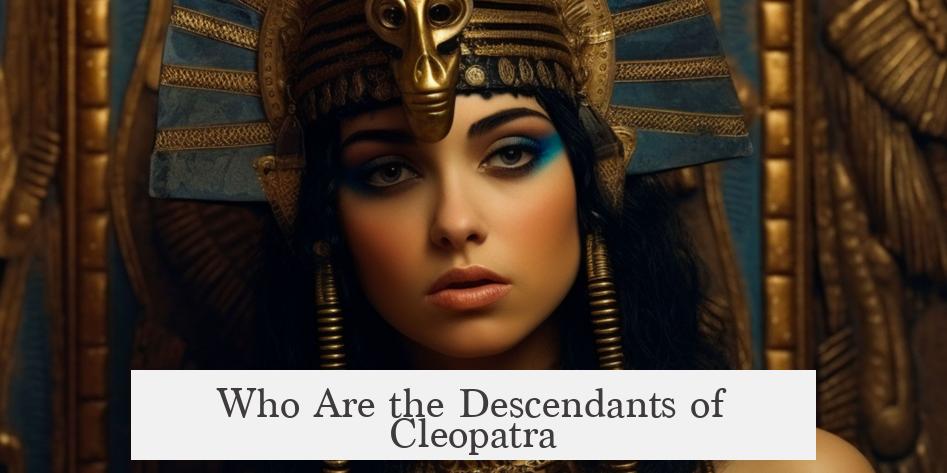
The descendants of Cleopatra’s bloodline continue to spark mystery and debate among historians. Contrary to popular belief, the Ptolemaic dynasty didn’t simply vanish with Cleopatra VII herself; her legacy lived on through her daughter, Cleopatra Selene II, and her family, though their stories are fogged in uncertainty.
Let’s dive into this historical puzzle, peeling back layers of mystery, legitimacy, and some surprising connections. Curious about Cleopatra’s family tree after the famous queen? It’s not all lost—it’s a tale worthy of a historical thriller.
Cleopatra Selene II: The Overlooked Star
Cleopatra Selene II, daughter of Cleopatra VII and Mark Antony, is often overshadowed by her mother’s fame. Yet, she played a central role in continuing Cleopatra’s lineage. She married Juba II, a Numidian prince turned King of Mauretania, blending two royal houses.
Their son, Ptolemy of Mauretania, ascended the throne following his parents’ reign. Unfortunately, history paints a grim end for him—executed by Emperor Caligula, which might have marked the erasure of this royal bloodline.
However, don’t be too quick to say this was the final chapter. Between Cleopatra Selene’s children, their marriages, and political fates, historians grapple with a tangled web of fragments and fades. Sources are sparse and sometimes contradictory, making the exact number of children, their names, and even Cleopatra Selene’s death date hard to pin down.
Children of Cleopatra Selene II and Juba II: More Than Just Ptolemy?
Contrary to the assumption that Ptolemy was the sole heir, it’s probable he had siblings. Scholars suggest he might not have even been the eldest. The fate of any younger brothers remains a blank page in history. There’s mention of at least one daughter who survived to adulthood and was commemorated in inscriptions.
Juba II later remarried, either before or after Cleopatra Selene’s passing, adding another layer to the family’s complex story. Each child, each relationship, carries potential clues about what happened to Cleopatra’s bloodline.
Who Was This Drusilla? The Mystery Grandchild
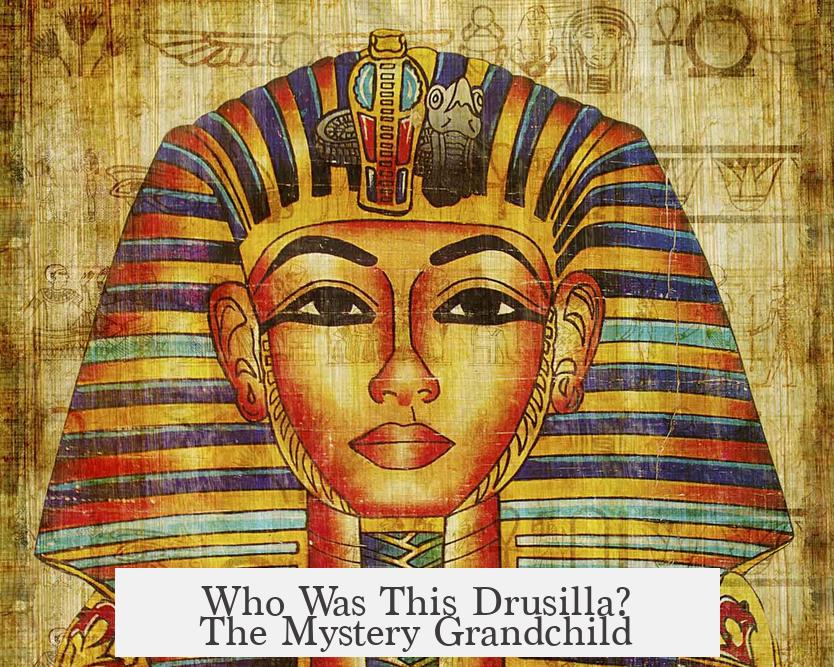
If Cleopatra had only sons who died young, then a grandchild named Drusilla, noted by Tacitus as a “grandchild of Antony and Cleopatra,” likely came from one of Cleopatra Selene’s daughters. Drusilla married Tiberius Claudius Felix, the procurator of Judea—an unlikely royal match, given Felix’s origins as a freedman.
Felix had a shady reputation and boasted about marrying three queens, although Drusilla probably never ruled as one. Following Ptolemy’s death, Mauretania was absorbed by Rome, diminishing the royal status of Cleopatra Selene’s family. This social shift possibly led to family members marrying beneath their royal station.
What Happened After Ptolemy’s Death?
After Caligula executed Ptolemy, Mauretania ceased to be an independent kingdom. With that, the royal family’s standing plummeted. Jane Draycott points out that family members like Drusilla married men of lower status, suggesting their imperial kin offered less support and patronage than before.
This downward social movement might explain why descendants vanished from prominent historical records. It’s tough to trace a royal line when its members fade into obscurity or lose political influence.
Exploring Grandchildren and Beyond: Theories and Gaps
Some historians propose that Drusilla might not be a child of Cleopatra Selene but Ptolemy’s daughter, placing her a generation later. Yet, her life seems brief, with no documented offspring to carry the line further.
Adding spice to the lineage stew, a theory connects Ptolemy to the royal family of Emesa, Syria. If true, Cleopatra’s descendants might include Gaius Julius Sohaemus, a priest-king, and possibly even reach the Roman imperial family through Julia Domna and the emperor Septimius Severus. However, solid evidence is laughably scarce—more historical potato salad than main course.
Another debated link involves the kings of Armenia. Some speculate they might descend from Cleopatra’s son Alexander Helios through a marriage alliance. But this claim lacks documentary proof and remains a tantalizing “what if” floating in the ether.
Zenobia of Palmyra: A Royal Pretender or Legit Descendant?
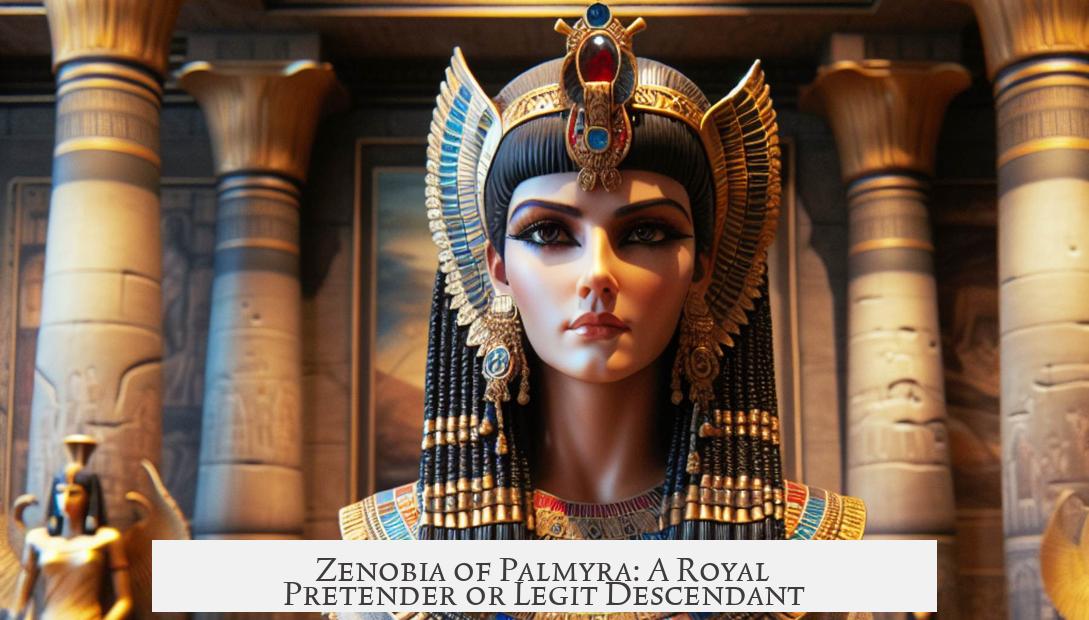
Zenobia, the fiery queen of Palmyra, claimed descent from Cleopatra, Dido of Carthage, and even Semiramis of Assyria. Sounds like a royal family reunion! Yet, historians side-eye her assertions, considering them standard political propaganda of the era—grandiose claims to legitimize power.
While Zenobia’s claimed ancestry remains dubious, some argue that if descent from the Emesan royal family holds, she might have a remote connection. Still, that’s speculative at best.
The Verdict: Did Cleopatra Have Lasting Descendants?
By the time Cleopatra Selene’s children entered the historical spotlight, things get murky. The trail goes cold—filled with conjecture, fragments, and dusty shadows rather than glaring facts.
It’s entirely plausible that Cleopatra’s descendants fell into obscurity after losing their throne. Political power usually guarantees historical immortality; without it, even royal bloodline fades.
Historians keep poking this question. The allure of linking Cleopatra to later historical figures or significant events is strong. Yet, caution is key. Many theories thrive on hope rather than hard proof.
Should You Dive Deeper?
If this saga intrigues you, check out Cleopatra’s Daughter by Jane Draycott and The World of Juba II and Kleopatra Selene by Duane Roller. Both offer deep dives into these intertwining royal lives.
So, Who Are the Descendants of Cleopatra?
In summary, Cleopatra’s known line continues through her daughter Cleopatra Selene II, her marriage to Juba II, and their offspring, notably Ptolemy of Mauretania and possibly daughters such as the one linked to Drusilla. However, concrete evidence of surviving descendants beyond this generation is nearly non-existent. Speculations about extended lineage, including ties to later royalty or dynasties, remain seductive but unproven. The historical record is patchy and often contradictory, leaving us with a fascinating mystery more than a clear answer.
Wondering how a queen famous for her drama could have such a subdued family ending? That’s history for you—sometimes she steals the spotlight, while her heirs learn to lurk in the wings.
